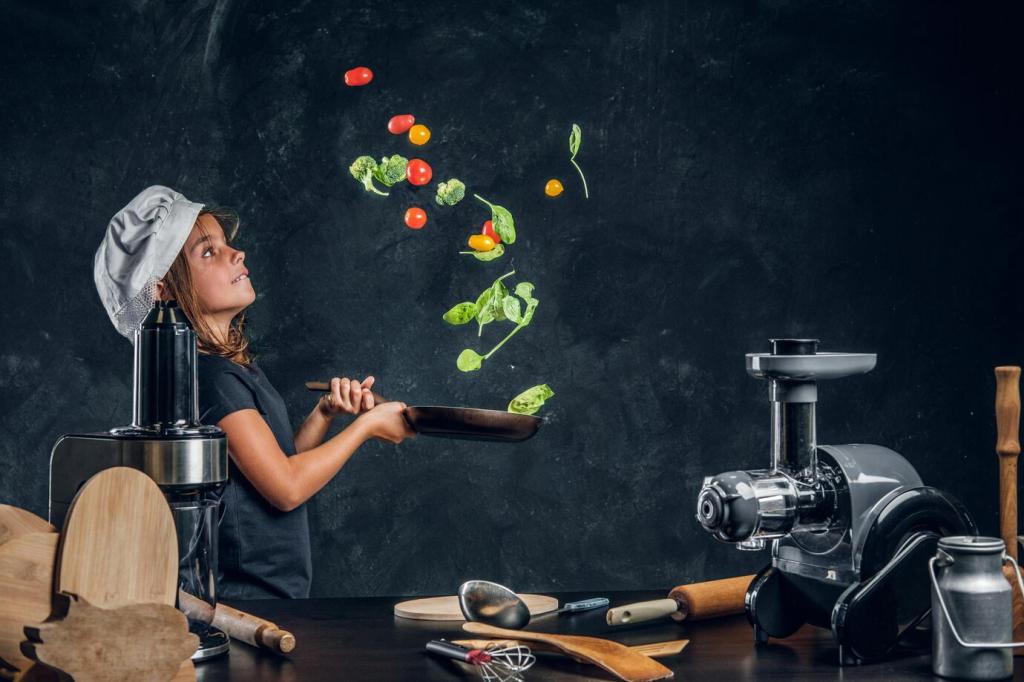Why Novels Make the Best Cookbooks for History
In Pride and Prejudice, the famous assembly ball white soup is more than creamy comfort; it’s a status symbol of dairy, almond, and meat stocks. Recreating it reveals how hospitality signaled class. Tried it at home? Tell us how modern ingredients shaped your version.
Why Novels Make the Best Cookbooks for History
Moby-Dick pauses at the Try-Pots for clam and cod chowders that warm sailors before uncertain seas. That humble bowl carries brine, smoke, and courage. If you cook coastal chowder today, which herbs or preserved fats give you the most authentic nineteenth-century depth?



